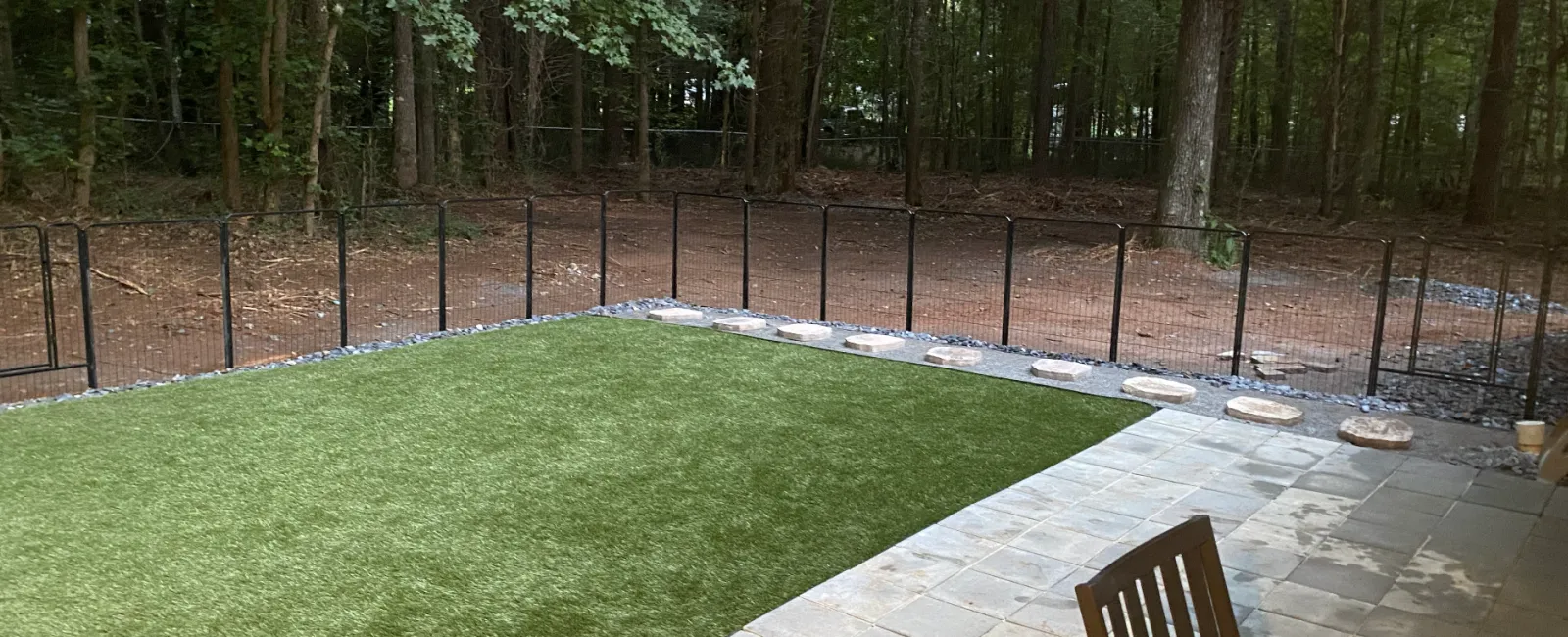In the realm of landscape design, hardscaping stands as the sturdy backbone that complements the soft, natural elements of a space. From elegant pathways to captivating patios and awe-inspiring retaining walls, hardscaping techniques and practices add structure and functionality to outdoor areas. Here, we delve into the art of hardscaping and the best practices that elevate outdoor spaces into works of enduring beauty.
Harmonizing Functionality and Aesthetics
1. Thoughtful Planning:
The inception of a well-executed hardscaping project lies in meticulous planning. Assess the space, understand its purpose, and envision how different elements will integrate. Consider the terrain, the natural surroundings, and the intended use of the area. This initial step sets the tone for a cohesive and functional design.
2. Material Selection:
Selecting the right materials is pivotal in hardscaping. Whether it's natural stone, pavers, concrete, or brick, each material holds distinct characteristics and aesthetic appeal. Consider factors like durability, texture, color, and how the material complements the existing landscape. Sustainable choices that fit the environment and climate should also be considered.
Precision in Execution
3. Proper Installation:
The installation process demands precision. Whether it's laying pavers, constructing walls, or installing outdoor kitchens, precise execution ensures longevity and structural integrity. Pay close attention to leveling, proper drainage, and adherence to local building codes. This guarantees the hardscaping elements withstand the test of time and environmental challenges.
4. Attention to Detail:
The difference between a good and exceptional hardscape lies in the details. Incorporating intricate designs, edging, and patterns can elevate the aesthetic appeal. Moreover, consider how lighting and planting can accentuate the hardscaping elements, creating an inviting and enchanting space.
Maintenance and Longevity
5. Regular Maintenance:
Hardscaping requires maintenance to preserve its allure. Regular inspections, cleaning, and repairs should be a part of the maintenance routine. This includes addressing issues like weed growth, resealing surfaces, and repairing any damages. Proactive maintenance ensures that the hardscaping remains pristine for years to come.
6. Sustainability:
Embracing sustainability in hardscaping practices is crucial. Opt for permeable pavers to allow water absorption, reducing runoff. Integrating greenery within the hardscape promotes a balance between hardscaping and the natural environment. Sustainable practices not only contribute to environmental health but also enhance the overall appeal of the space.
Conclusion
Hardscaping is an art form that integrates structural elements with nature's beauty. By incorporating the best practices - from meticulous planning and precise execution to regular maintenance and sustainability - a hardscape can become an enduring masterpiece.
Remember, the best hardscaping designs not only stand the test of time but also harmonize with the natural environment, adding value and elegance to any outdoor space. So, whether you're planning a cozy backyard retreat or an expansive landscape design, implementing these best practices will undoubtedly create a space that is both functional and visually stunning, a testament to the artistry of hardscaping.
